Our adorable Jack Russell pup, Tallulah, spent her first months with us as a happy-go-lucky puppy who loved to play, explore and get into trouble. Our walks would often be long, slow affairs as she’d excitedly explore every inch on our path and we’d have to make frequent stops for people to say hello and give her a pat or scratch.
At six months old, her demeanor started to rapidly change.
She started barking at skateboarders and motorcycles. Within weeks, the barks transformed to growls and the targets expanded to joggers, small children and anyone else she felt warranted a stern warning. Then growls continued to evolve into a viscous bark/lunge.
When we’d walk to the door and grab the leash, she’d squeeze herself into the corner as tightly as possible. She’d run into the backyard and persistently bark until we brought her back inside, up to a dozen times a day.
What happened to our sweet little girl?
We were mystified by how quickly and severely Tallulah’s demeanor had changed, and a long visit with the vet led to a diagnosis of General Anxiety Disorder.
We’ll never know the cause, which could be genetic, stem from experiences she had before or after we adopted her, or other reasons. We did learn that 6 months is a common time for anxious behavior to really start manifesting in dogs.
A referral to our fantastic behavioral vet, Dr. Julie, led to a thorough three-part treatment plan.
First, we’ve started her on anti-anxiety medication and anti-depressants. This was a difficult for us (and for some, quite controversial as well), since we worried about how the medication may impact her personality. We decided that spending every day with fear and anxiety wasn’t the life we wanted our puppy to live, and as her anxiety continued to worsen, we were going to need to make other significant and unpleasant choices that seemed worse to us, such as limiting her exposure to people and introducing a muzzle.
We’re trying other tools as well, such as the Adaptil collar, which emits pheromones similar to a nursing mother, and the Thunder Shirt which goes snuggly around her torso to help her feel secure. Both seem to soothe her a bit, and the Thunder Shirt is calming when she gets particularly agitated.
Next, we’ve embarked on a significant training regimen to help calm her fears. We’ve come to understand that her aggressive behavior stems mostly from her desire to protect herself – and us – from what she perceives as threats. If we can help realise that everyone is safe, then she won’t need to act aggressively in order to protect us.
With help from our trainer, we’ve started clicker training, which uses the ‘click’ from a plastic device to mark good things (and good things equal treats!) We give frequent rewards for staying focused on us when people approach as well as for staying calm whenever someone passes us by.
Finally, we are at the early stages exposing her to things she is averse to, in order to help show her that she doesn’t need to be afraid of them. A skateboard now sits in the middle of our living room floor and we spend some time on a park bench watching toddlers run around the playground.
Making progress on a long road
Six weeks into our treatment plan we’ve made some good progress, but still have some ground to cover.
She is still acclimating to her medication (which we started more recently), so it’s too early to note their effectiveness. She has been a little lethargic with lower appetite in the morning, but that seems to be passing as she gets used it.
The clicker training is incredible. She picked it up all most instantly and many of our walks are now bark-free! Of course, walks are currently long, slow affairs right now and require a pocketful of treats, but it’s very motivating to see how well she’s responded already!
We’re making slow and steady progress on the aversion therapy as well.
It’s the start of what will likely be a long journey, that will continue to have some setbacks along the way. But choosing to invest in making Tallulah more confident, happier and less anxious has been rewarding for the whole family and helped each of form an even tighter bond with our pup.
Author Bio: Mitchel Lawrence lives in Bondi with his family and 9-month old Tallulah, and has recently started writing about his experiences with Australian Pet Insurance. You can follow Tallulah’s antics on Instagram.
Pressplay Pets a blog for the modern age pet parent interested in health & care, news, reviews & personal accounts of unconditional love & at times heartfelt pain of pet parenting!
Follow Us!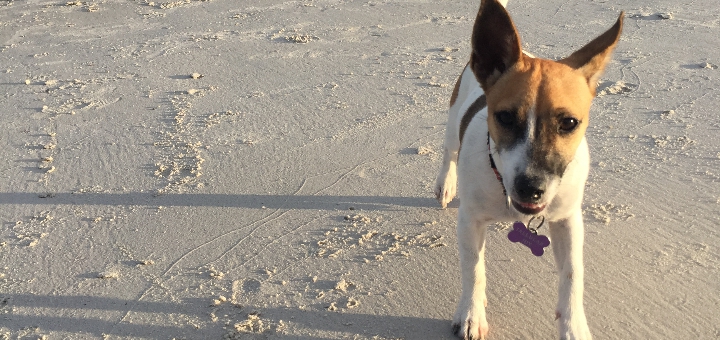
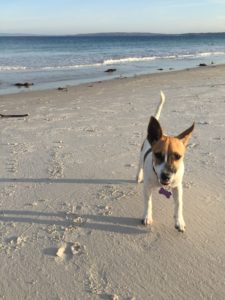
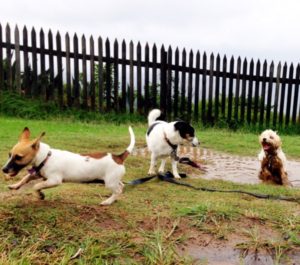
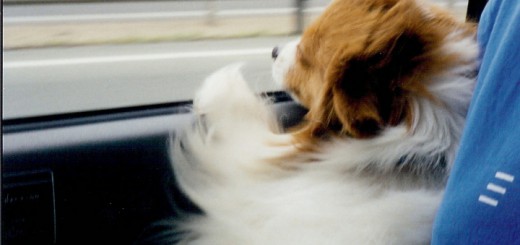
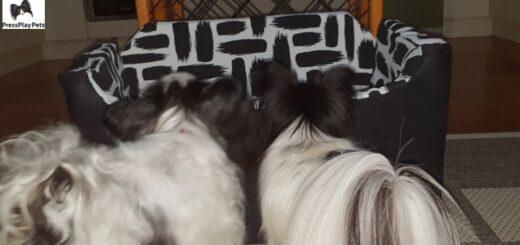
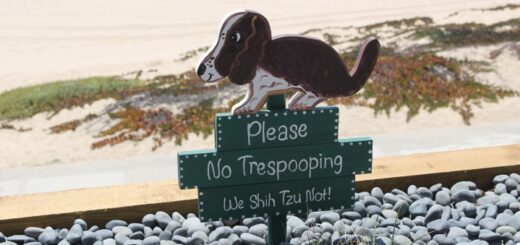
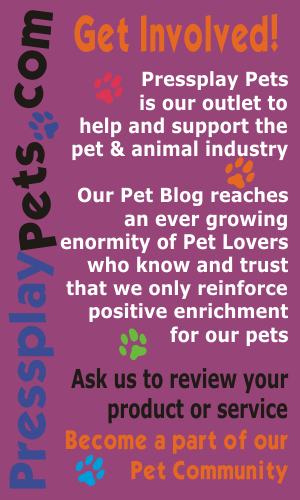
My dog was full of energy, he likes to play with me all the time but these days I’ve noticed that, my dog becomes sad, he has loss of appetite and he isolates himself i think that my dog is depressed ? what can i do?
What a great read. I’ve noticed some similar changes in my pups behavior. Very informative post!
Thank you for sharing!
Kim